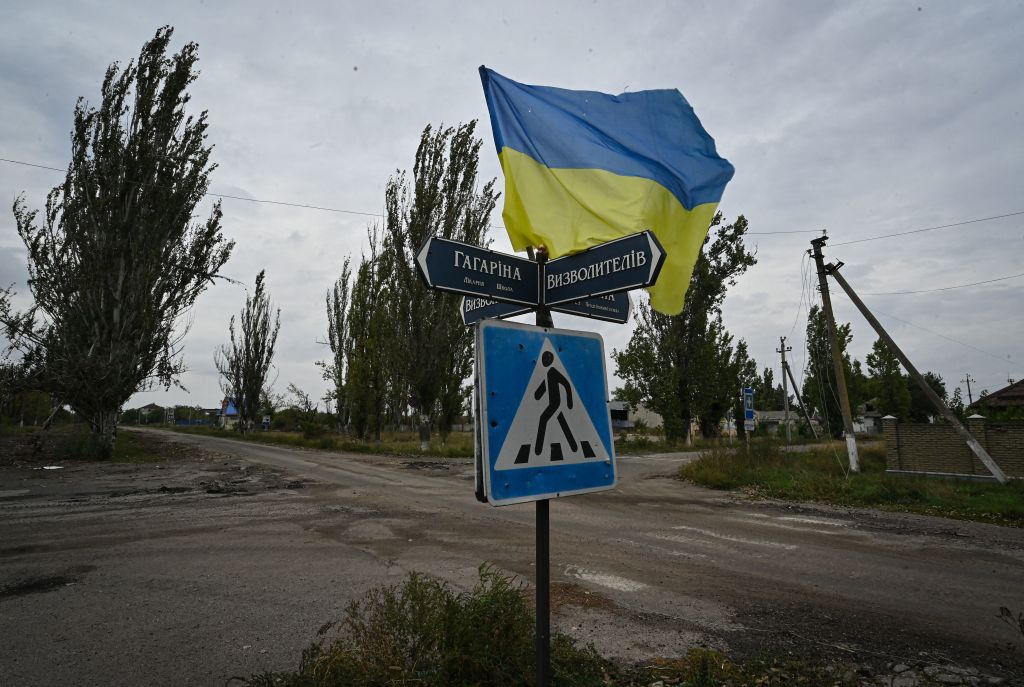In one of the biggest developments of the Ukraine war, Russia’s Defence Minister Sergei Shoigu has just announced the evacuation of his troops from Kherson. The city, located on the western bank of the Dnipro river, is the capital of one of the ‘oblasts’ (or regions) that Vladimir Putin recently declared to be part of Russia. Kherson is also the only major Ukrainian city that Russian forces have captured intact.
Ukraine’s troops have been closing in for months on the city, making sustained Russian occupation impossible. The city has now been surrendered without a fight – assuming, that is, the retreat is not a bluff. The question is whether Russia intends to bomb Kherson when Ukrainian troops move in.
Mykhailo Podolyak, a senior adviser to Ukraine’s president, Volodymyr Zelensky tweeted: ‘We see no signs that Russia is leaving Kherson without a fight. A part of the ru-group is preserved in the city, and additional reserves are charged to the region. Ukraine is liberating territories based on intelligence data, not staged TV statements.’
Shoigu’s announcement came minutes after reports confirming that Kherson’s Russian-appointed deputy governor Kirill Stremousov had been killed in a car crash. Whether this was an accident or assassination remains unknown. Soon after the news, the commander of Russian troops in Ukraine, Sergey Surovikin, appeared on Russian TV saying to Shoigu that the withdrawal operation would be carried out ‘in the nearest future’. He offered to organise the defence along the west bank of the Dnipro river ‘to save the lives of our soldiers and the combat capability of the troops’. This is not the language of a country winning a war. Russian pro-state media report about it as ‘manoeuvre of troops’ – a Kremlin-style attempt to hide another frontline setback.
So why was Russia unable to hold Kherson? The bridgehead controlled by Russia was perhaps one of the reasons: its location was disadvantageous for Putin’s commanders as it was vulnerable to Ukrainian artillery. Russian supplies to the city have depended on only two bridges – the Antonovsky and the Nova Kakhovka dam bridge – both of which have been under constant bombardment. As a result, Russia’s army was forced to keep building new crossings or launch ferries to transport and supply their personnel.
Now, Russia’s troops are on the retreat. If Ukraine’s forces are able to move in to Kherson, they will regain a vital foothold on the Dnipro river. This offers a natural obstacle to a Russian incursion, securing the western flank of the country. Regaining Kherson could also help to facilitate a new offensive against Russia’s army from the north – pushing Russian troops back to Crimea. If Ukrainian troops liberate Kherson in the following days, it will be one more devastating Putin’s defeat before winter.
Keep up to date with the latest developments in the war with our Ukraine newsletter, written by Svitlana Morenets, a Ukrainian journalist working at The Spectator







Comments